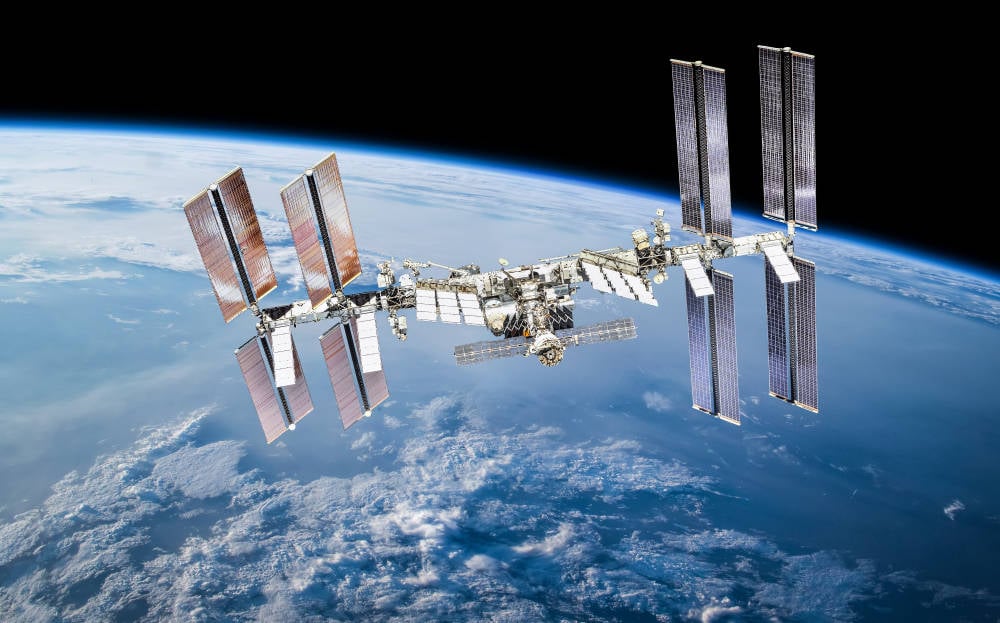
"Commander Bill Shepherd and cosmonauts Yuri Gidzenko and Sergei Krikalev arrived aboard Soyuz TM-31, entering a station barely ready for habitation. The ISS in 2000 bore little resemblance to today's sprawling outpost. Its iconic solar arrays had yet to arrive, and the majority of its modules were still works in progress on Earth. It contained just three pressurized modules - Zvezda, Zarya (also referred to as the Functional Cargo Block), and the US-built Unity module."
"The crew faced that reality immediately. Glitchy software required workarounds and patching. Hardware malfunctioned. Without proper solar arrays, power from the Russian modules couldn't supply the American hardware, so Unity (also known as Node 1) remained sealed off. The three astronauts squeezed into cramped Russian quarters designed for two. Commander Shepherd kept a mission log documenting the chaos. Systems regularly malfunctioned, and the crew struggled to get the printer working Even the tool for reporting problems - the "crew squawk" - refused to start."
Human presence in space has been continuous since November 2, 2000, when the first crew docked with the International Space Station. The initial crew included Commander Bill Shepherd and cosmonauts Yuri Gidzenko and Sergei Krikalev, arriving aboard Soyuz TM-31. The station initially had only three pressurized modules and lacked its iconic solar arrays, leaving Unity sealed off and power insufficient for U.S. hardware. Crew operations were hampered by glitchy software, hardware malfunctions, limited stowage, cramped living quarters, and failed reporting tools. Storage constraints persisted, prompting modification of cargo modules to increase onboard stowage capacity.
Read at Theregister
Unable to calculate read time
Collection
[
|
...
]